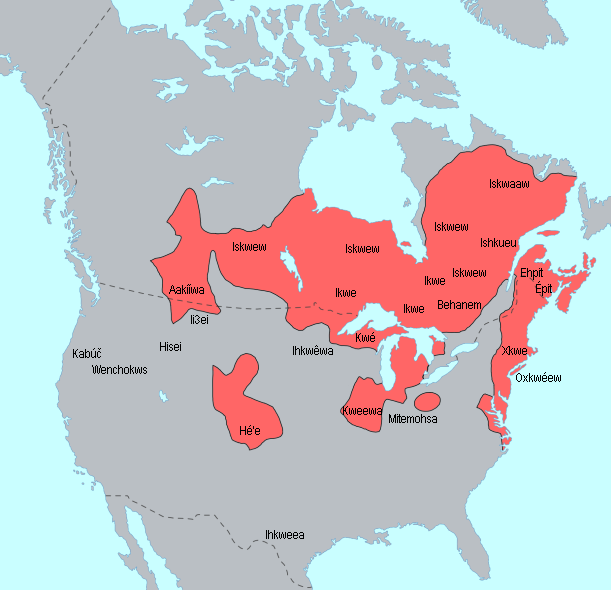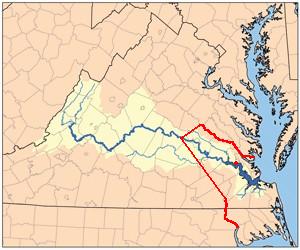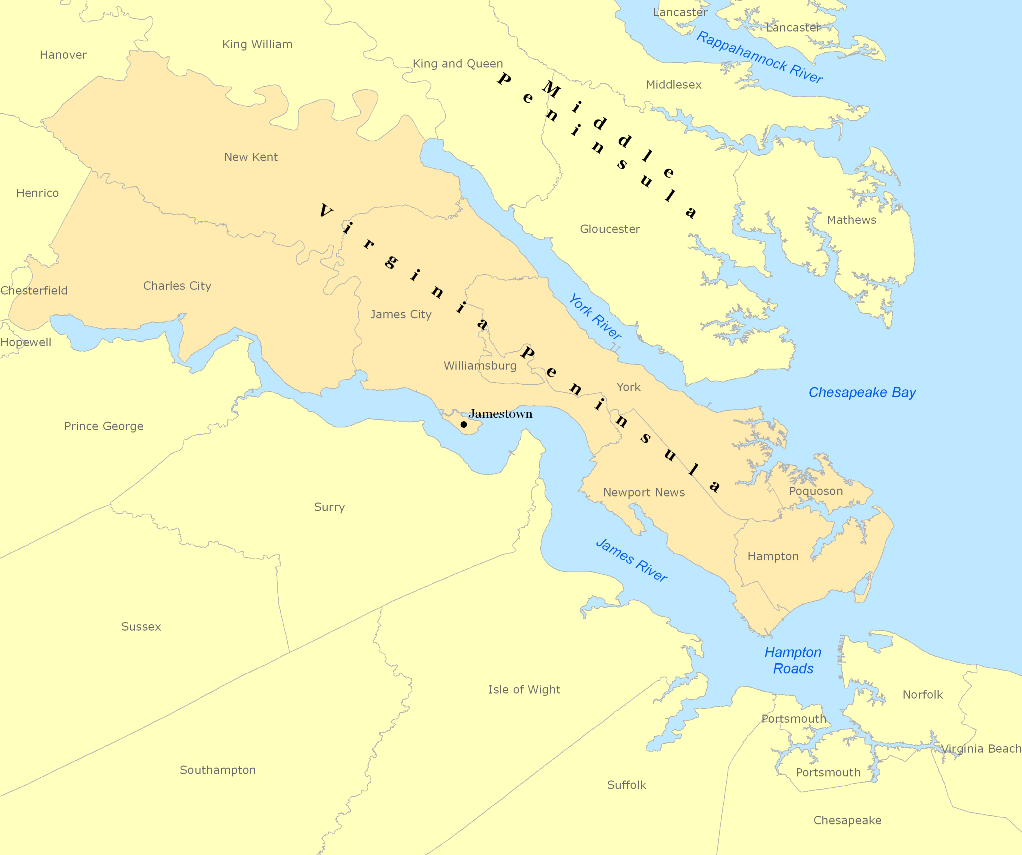|
History Of Virginia Beach, Virginia
The history of Virginia Beach, Virginia, Virginia Beach, Virginia, goes back to the Native Americans of the United States, Native Americans who lived in the area for thousands of years before the English colonists landed at Cape Henry, Virginia, Cape Henry in April 1607 and established their first permanent settlement at Jamestown, Virginia, Jamestown a few weeks later. The Virginia Colony, Colonial Virginia period extended until 1776 and the American Revolution, and the area has been part of the Commonwealth of Virginia ever since. Since 1634, area known today as Virginia Beach has been part of the same unit of local government, except for 11 years. In 1952, when resort Town of Virginia Beach became an independent city, followed by the rest of Princess Anne County, Virginia, Princess Anne County which whom it was reunited and politically consolidated by mutual approval of residents to form a new independent city in 1963. Selecting the better-known name of the oceanfront strip area ... [...More Info...] [...Related Items...] OR: [Wikipedia] [Google] [Baidu] |
Cape Henry Lighthouse
The Cape Henry Lighthouses are a pair of lighthouses at Cape Henry, the landform marking the southern entrance to Chesapeake Bay in the U.S. state of Virginia. The location has long been important for the large amount of ocean-going shipping traffic for the harbors, its rivers, and shipping headed to ports on the bay. The original lighthouse was the first authorized by the U.S. government, dating from 1792. It was also the first federal construction project under the Constitution, for an original contract amount of $15,200 (an additional $2,500 was required to finish the lighthouse). A second lighthouse was built and completed in 1881 a short distance away after concern arose about the stability of the first. Both towers of the light station were designated a National Historic Landmark in 1970. History The first work of the new U.S. Federal government, the first Cape Henry lighthouse was built of Aquia and brown sandstone, likely Connecticut or Portland brownstone, by John McC ... [...More Info...] [...Related Items...] OR: [Wikipedia] [Google] [Baidu] |
Wahunsunacock
Powhatan (), whose proper name was Wahunsenacawh (alternately spelled Wahunsenacah, Wahunsunacock, or Wahunsonacock), was the leader of the Powhatan, an alliance of Algonquian-speaking Native Americans living in Tsenacommacah, in the Tidewater region of Virginia at the time when English settlers landed at Jamestown in 1607. Powhatan, alternately called "King" or "Chief" Powhatan by English settlers, led the main political and military power facing the early colonists, and was probably the older brother of Opechancanough, who led attacks against the settlers in 1622 and 1644. He was the father of Matoaka (Pocahontas). Name In 1607, the English colonists were introduced to Wahunsenacawh as Powhatan and understood this latter name to come from Powhatan's hometown near the falls of the James River near present-day Richmond, Virginia. Seventeenth-century English spellings were not standardized, and representations were many of the sounds of the Algonquian language spoken by ''Wa ... [...More Info...] [...Related Items...] OR: [Wikipedia] [Google] [Baidu] |
Powhatan
Powhatan people () are Indigenous peoples of the Northeastern Woodlands who belong to member tribes of the Powhatan Confederacy, or Tsenacommacah. They are Algonquian peoples whose historic territories were in eastern Virginia. Their Powhatan language is an Eastern Algonquian language, also known as Virginia Algonquian. In 1607, an estimated 14,000 to 21,000 Powhatan people lived in eastern Virginia when English colonists established Jamestown. The term ''Powhatan'' is also a title among the Powhatan people. English colonial historians often used this meaning of the term.Sandra F. Waugaman and Danielle Moretti-Langholtz. ''We're Still Here: Contemporary Virginia Indians Tell Their Stories''. Richmond: Palari Publishing, 2006 (revised edition). In the late 16th and early 17th centuries, a ''mamanatowick'' (paramount chief) named Wahunsenacawh forged a Paramount Chiefdom consisting of 30 tributary tribes through inheritance, marriage and war, whose territory included m ... [...More Info...] [...Related Items...] OR: [Wikipedia] [Google] [Baidu] |
Pamlico
The Pamlico (also ''Pampticough'', ''Pomouik'', ''Pomeiok'') were Native Americans in the United States, Native Americans of North Carolina. They spoke an Algonquian languages, Algonquian language also known as ''Pamlico'' or Carolina Algonquian language, ''Carolina Algonquian''. Geography The Pamlico people lived on the Pamlico River in North Carolina. Named after them were Pamlico Sound, the largest sound in North Carolina, and Pamlico County, North Carolina, Pamlico County. They are one of the most southerly Algonquian languages, Algonquian tribes on the Atlantic seaboard and the most southerly ones for which scholars collected a vocabulary. History The Raleigh colonists referred to the Pamlico in 1585–86 by the name ''Pomoui''. 17th century history In 1696, smallpox, called "A great Mortality", devastated the Pamlico and neighboring Algonquian communities and reduced their populations. In 1701 the explorer John Lawson (explorer), John Lawson noted their Algonqui ... [...More Info...] [...Related Items...] OR: [Wikipedia] [Google] [Baidu] |
Algonquian Languages
The Algonquian languages ( ; also Algonkian) are a family of Indigenous languages of the Americas and most of the languages in the Algic language family are included in the group. The name of the Algonquian language family is distinguished from the orthographically similar Algonquin dialect of the Indigenous Ojibwe language (Chippewa), which is a senior member of the Algonquian language family. The term ''Algonquin'' has been suggested to derive from the Maliseet word (), meaning 'they are our relatives/allies'. Speakers of Algonquian languages stretch from the east coast of North America to the Rocky Mountains. The proto-language from which all of the languages of the family descend, Proto-Algonquian, was spoken around 2,500 to 3,000 years ago. There is no scholarly consensus about where this language was spoken. Family division This subfamily of around 30 languages is divided into three groups according to geography: Plains, Central, and Eastern Algonquian. Of t ... [...More Info...] [...Related Items...] OR: [Wikipedia] [Google] [Baidu] |
Powhatan Confederacy
Powhatan people () are Indigenous peoples of the Northeastern Woodlands who belong to member tribes of the Powhatan Confederacy, or Tsenacommacah. They are Algonquian peoples whose historic territories were in eastern Virginia. Their Powhatan language is an Eastern Algonquian language, also known as Virginia Algonquian. In 1607, an estimated 14,000 to 21,000 Powhatan people lived in eastern Virginia when English colonists established Jamestown. The term ''Powhatan'' is also a title among the Powhatan people. English colonial historians often used this meaning of the term.Sandra F. Waugaman and Danielle Moretti-Langholtz. ''We're Still Here: Contemporary Virginia Indians Tell Their Stories''. Richmond: Palari Publishing, 2006 (revised edition). In the late 16th and early 17th centuries, a ''mamanatowick'' (paramount chief) named Wahunsenacawh forged a Paramount Chiefdom consisting of 30 tributary tribes through inheritance, marriage and war, whose territory included mu ... [...More Info...] [...Related Items...] OR: [Wikipedia] [Google] [Baidu] |
Virginia Peninsula
The Virginia Peninsula is the natural landform located in southeast Virginia outlined by the York River, James River, Hampton Roads and Chesapeake Bay. It is sometimes known as the ''Lower Peninsula'' to distinguish it from two other peninsulas to the north, the Middle Peninsula and the Northern Neck. It is the site of historic Jamestown, founded in 1607 as the first English settlement in North America. Geographically located at the northwestern reaches, Charles City and New Kent counties are part of the Virginia Peninsula. In the 21st century, they are also considered part of the Richmond–Petersburg region. The rest of the Virginia Peninsula is all part of the Virginia Beach–Norfolk–Newport News, VA–NC MSA ( metropolitan statistical area) with a population of about 1.8 million. The Hampton Roads MSA is the common name for the metropolitan area that surrounds the body of water of the same name. It is the seventh-largest metropolitan area in the Southeast an ... [...More Info...] [...Related Items...] OR: [Wikipedia] [Google] [Baidu] |
Great Neck Point
Great Neck Point is a point of land and neighborhood on the Lynnhaven River in Virginia Beach, Virginia, United States. It is home to the Adam Keeling House and the Keeling family cemetery. Before the area was settled by the English colonists, Chesepioc (settlement), Chesepioc was located at Great Neck Point. It was a village of the Chesepians, the Native Americans of the United States, Native American (American Indian) inhabitants of the area during the Woodland Period and later prior to the arrival of the English settlers in 1607. Archaeologists and other persons have found numerous Native American artifacts, such as arrowheads, stone axes, pottery, beads, and skeletons in Great Neck Point. Notes and references External linksHistory by resident Headlands of Virginia Landforms of Virginia Beach, Virginia {{Virginia-stub ... [...More Info...] [...Related Items...] OR: [Wikipedia] [Google] [Baidu] |
Archaeologist
Archaeology or archeology is the study of human activity through the recovery and analysis of material culture. The archaeological record consists of Artifact (archaeology), artifacts, architecture, biofact (archaeology), biofacts or ecofacts, archaeological site, sites, and cultural landscapes. Archaeology can be considered both a social science and a branch of the humanities. It is usually considered an independent academic discipline, but may also be classified as part of anthropology (in North America – the four-field approach), history or geography. The discipline involves Survey (archaeology), surveying, Archaeological excavation, excavation, and eventually Post excavation, analysis of data collected, to learn more about the past. In broad scope, archaeology relies on cross-disciplinary research. Archaeologists study human prehistory and history, from the development of the first stone tools at Lomekwi in East Africa 3.3 million years ago up until recent decades. A ... [...More Info...] [...Related Items...] OR: [Wikipedia] [Google] [Baidu] |
Great Neck, Virginia
Great may refer to: Descriptions or measurements * Great, a relative measurement in physical space, see Size * Greatness, being divine, majestic, superior, majestic, or transcendent People * List of people known as "the Great" * Artel Great (born 1981), American actor * Great Osobor (born 2002), Spanish-born British basketball player Other uses * ''Great'' (1975 film), a British animated short about Isambard Kingdom Brunel * ''Great'' (2013 film), a German short film * Great (supermarket), a supermarket in Hong Kong * GReAT, Graph Rewriting and Transformation, a Model Transformation Language * Gang Resistance Education and Training, or GREAT, a school-based and police officer-instructed program * Global Research and Analysis Team (GReAT), a cybersecurity team at Kaspersky Lab *'' Great!'', a 2018 EP by Momoland *Great! TV, British TV channel group * ''The Great'' (TV series), an American comedy-drama See also * * * * * The Great (other) The Great is the moniker ... [...More Info...] [...Related Items...] OR: [Wikipedia] [Google] [Baidu] |
Chesapeake Bay
The Chesapeake Bay ( ) is the largest estuary in the United States. The bay is located in the Mid-Atlantic (United States), Mid-Atlantic region and is primarily separated from the Atlantic Ocean by the Delmarva Peninsula, including parts of the Eastern Shore of Maryland, the Eastern Shore of Virginia, and the state of Delaware. The mouth of the bay at its southern point is located between Cape Henry and Cape Charles (headland), Cape Charles. With its northern portion in Maryland and the southern part in Virginia, the Chesapeake Bay is a very important feature for the ecology and economy of those two states, as well as others surrounding within its watershed. More than 150 major rivers and streams flow into the bay's drainage basin, which covers parts of six states (New York (state), New York, Pennsylvania, Delaware, Maryland, Virginia, and West Virginia) and all of Washington, D.C. The bay is approximately long from its northern headwaters in the Susquehanna River to its outlet i ... [...More Info...] [...Related Items...] OR: [Wikipedia] [Google] [Baidu] |






